The Intersection of Anime and Hip-Hop: Why 2015-2018 Was Filled With Nostalgia For So Many of Us
The golden era of lofi—from around 2014 to 2018—was different. For many Gen Z adults, those years aligned with middle and high school, a time when we were awkward, anxious, and coming of age. Anime and lofi weren’t just entertainment; they were places of comfort and escapism.
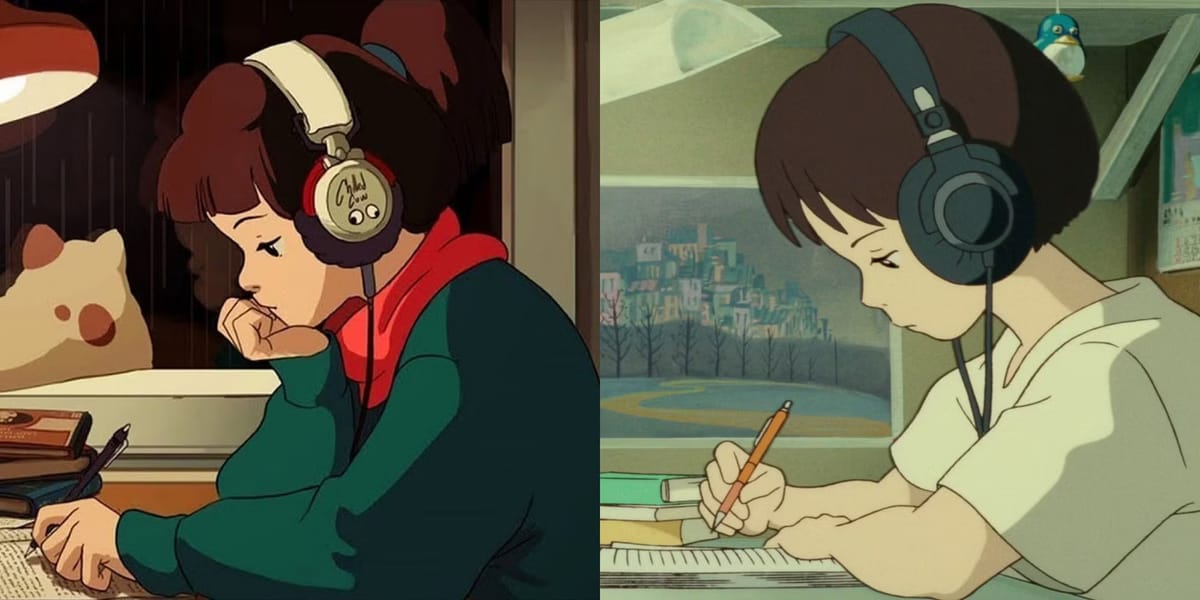
This is a topic that I have wanted to discuss for a while now. I am going to use this article as my first but most definitely not my last attempt at bringing all of these ideas to light. There will be deeper dives, videos, and further discussion about these topics, but for now, we will let this serve as a foreword to all of those future articles. This can also tie into the larger fold of black history month as well celebrate how African American culture has blended with art, culture, and peoples across the globe.
The Beginnings of Nostalgia: Anime and Lofi Hip Hop
My very first introduction to anime wasn’t through TV or a friend’s recommendation—it was through a music stream. I stumbled upon the now-iconic ChilledCow (now Lofi Girl) YouTube channel, which played lofi hip hop beats non-stop. The stream featured a looping animation of a girl studying, and originally, that character was Seiji Amasawa from Whisper of the Heart, my favorite Studio Ghibli film to this day. That moment, which has remained extremely special in my life to this day sent my down a rabbit hole of anime and subsequently, lofi hip hop— two seemingly separate worlds that blend seamlessly in evoking nostalgia. This was followed by my second introduction to lofi hip-hop. Which came during my freshman year when a friend shared the album Harbour, an album by Finnish producer Tomppabeats. The project, now a 2010’s cult classic, (with vinyls that sell for 1000s of dollars) opened my ears to a world of mellow, sample-heavy beats with warm undertones and decades of emotion seeped into them.
At the time, I primarily used SoundCloud, and that’s where I went to find more lofi artists like jinsang, saib, and potsu—producers who crafted soulful, emotional beats that resonated deeply with listeners. The community felt small, even as it grew in popularity. I even had the chance to take a few piano lessons with potsu, who was incredibly kind and generous, offering the lessons free of charge. These interactions had a profound impact on me. As someone who had been playing piano for years, they inspired me to start making my own beats—an experience that continues to shape the music I create today.
The Legacy of J Dilla and Nujabes
Any discussion of lofi hip hop culture is incomplete without mentioning J Dilla and Nujabes. Strangely enough, these two legends were born on the same day—February 7, 1974—yet never met. Despite their geographical distance, both created music that became the foundation of what we now call lofi hip hop. Their beats were rich with jazz influences, soulful samples, and an unmistakable groove that would shape an entire subgenre. They were (among others) the main founders that serve to showcase this genre today. They made lofi hip-hop back when it was just hip-hop.
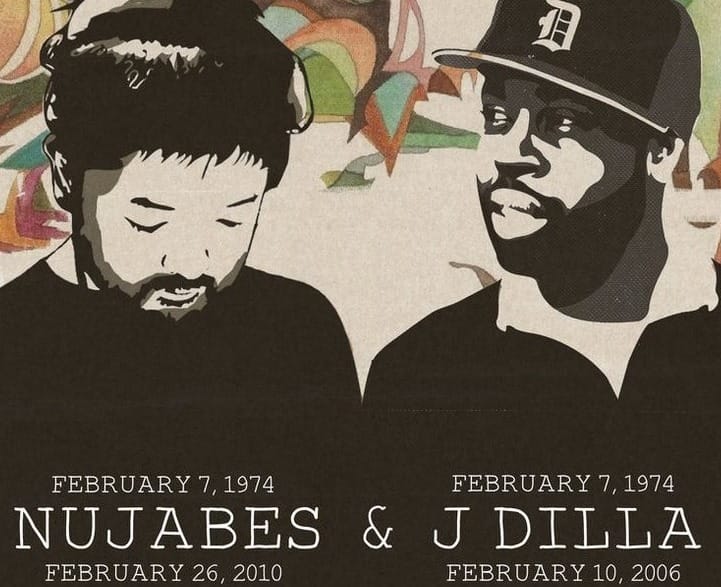
The Affinity Between Hip Hop and Anime
Hip hop has always had an affinity for anime, and Japanese culture has similarly embraced Black American art. Shows like Samurai Champloo—which featured a soundtrack produced by Nujabes, sutchie, Fat Jon, and Force of Nature—demonstrate how seamlessly these worlds can intertwine. Adult Swim played a crucial role in bridging the gap, as many anime and hip hop fans discovered their favorite shows and beats through late-night “adult swim bumps" which would pair beats with different visuals which sometimes included anime.
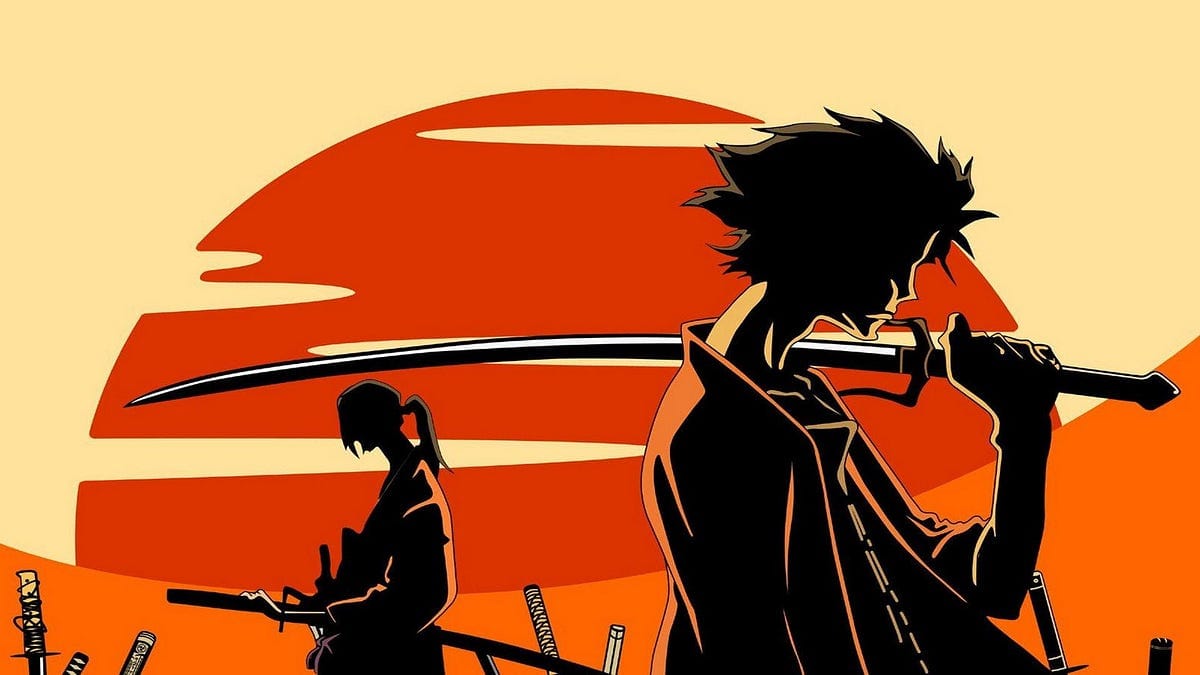
I believe it is this that, Over time, lead to creators like 1171Domino, AnimeVibe, ChilledCow, Axian, Haku, Yotsu, Sunset Boy, and Nujabes and Fellows (now Aruarian Music) to pioneer anime-inspired lofi hip hop edits on youtube. Some of these videos, often set to clips from Studio Ghibli films or other classic anime, amassed millions of views, reinforcing the deep connection between the two cultures.
Jinsang - Affection, edited by 1171Domino. The original channel was taken down due to copyright strikes but was later reuploaded. Domino has stated that all old edits are available to watch on their Vimeo. Although they are not as active anymore.
The Commercialization of Lofi Hip-Hop
As with many underground movements, lofi hip-hop eventually went mainstream—but not necessarily for the better. Many of the original lofi YouTube channels have either disappeared or shifted their focus. Those that remain either struggle for views or have watered down their sound, replacing the gritty, sample-driven soul of early lofi with generic, background-friendly chillhop.
Some artists, however, have managed to push the genre forward, integrating more jazz elements with live instrumentation. Labels like Chillhop Music and producers like l’indécis and Psalm Trees bring complexity and musicality back into the fold, bridging the gap between lofi and jazz-infused hip-hop. This shift connects lofi hip-hop to greater jazz/hip-hop fusions, with more traditional (African American) jazz-hip-hop artists like Robert Glasper, Terrace Martin, and even Kendrick Lamar coming to mind.
The Problem with Modern Lofi & Nostalgia for the Past
Most popular lofi streams today (like Lofi Girl) no longer carry the essence of what made the genre special. The beats are formulaic, often AI-generated, and lack the emotional depth that defined the early pioneers. The reason? I believe it's because lofi hip-hop is “easy” to make. With enough tutorials, anyone can loop a soft piano melody over a basic drum break—but doing it well is a different story. The result is a wave of cash-grab beats designed purely for passive listening, which was never the point of lofi hip-hop.
I’ve never been able to study while listening to lofi hip-hop, and maybe that’s because it was never meant to be background noise. It’s music that should make you feel something. It should be an active experience, not an afterthought.
Altitude - trains. Another very popular AMV (Anime Music Video) by Axian.
The golden era of lofi—from around 2014 to 2018—was different. For many Gen Z adults, those years aligned with middle and high school, a time when we were awkward, anxious, and coming of age. Anime and lofi weren’t just entertainment; they were places of comfort and escapism. We spent hours diving into shows, listening to beats, and hanging out in live-stream comment sections.
Some might see this escapism as a negative, but I believe it had a positive impact on our generation. We are the ones who made watching anime cool. We are the ones who revived jazz appreciation and brought vinyl records back into the mainstream. Our longing for nostalgia through jazzy beats and anime helped shape us, giving us a unique identity—even if some of us have moved on from those things.
The Future: Lofi Hip Hop’s Underground Revival?
Despite its commercialization, true, raw, and authentic lofi hip hop still exists—it has simply returned to the underground, where it originated. While the mass-produced, soulless beats may dominate for now, they too will fade. What will remain are the roots of lofi hip hop: warm, nostalgic, beautifully crafted beats that move the soul.
Nostalgia isn’t just about the past—it’s about the feelings that music and anime evoke. It’s about discovering something that feels deeply familiar, yet new. And as long as that feeling remains, the intersection of anime and hip hop will continue to inspire generations to come. As a bonus, for those who are unfamiliar with the genre has it used to exist in 2015-2018 then I invite you to check out this playlist here.
The Art Newsletter
Creativity. Culture. Community.
Every Thursday, we send a carefully curated drop of stories, tools, and creative insight for the next generation of artists, musicians, filmmakers, designers, and thinkers.
From cultural commentary to personal reflections, viral trends to overlooked gems. We cover what’s happening and what matters. Want local updates too? Join our Austin list for events, meetups, and opportunities.
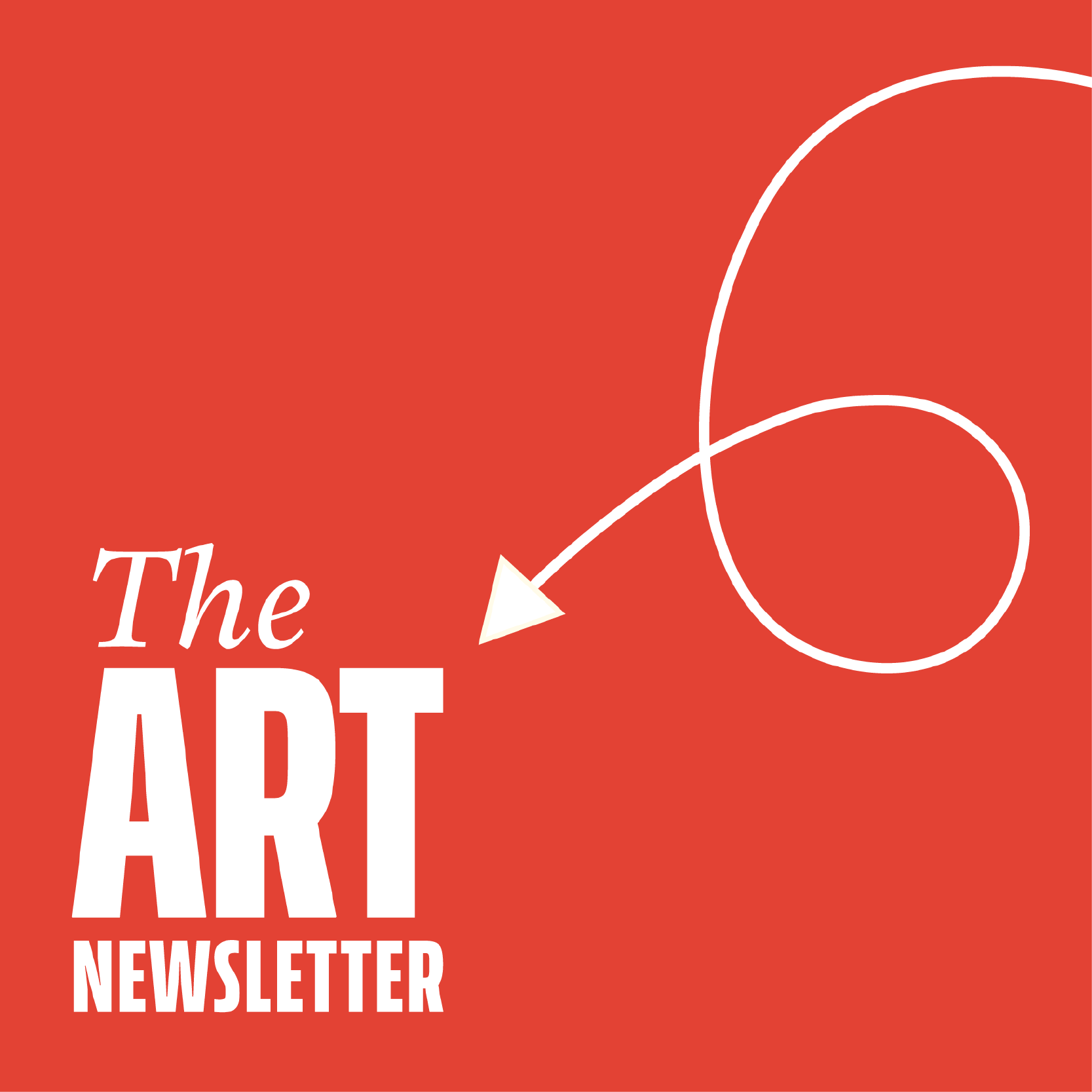
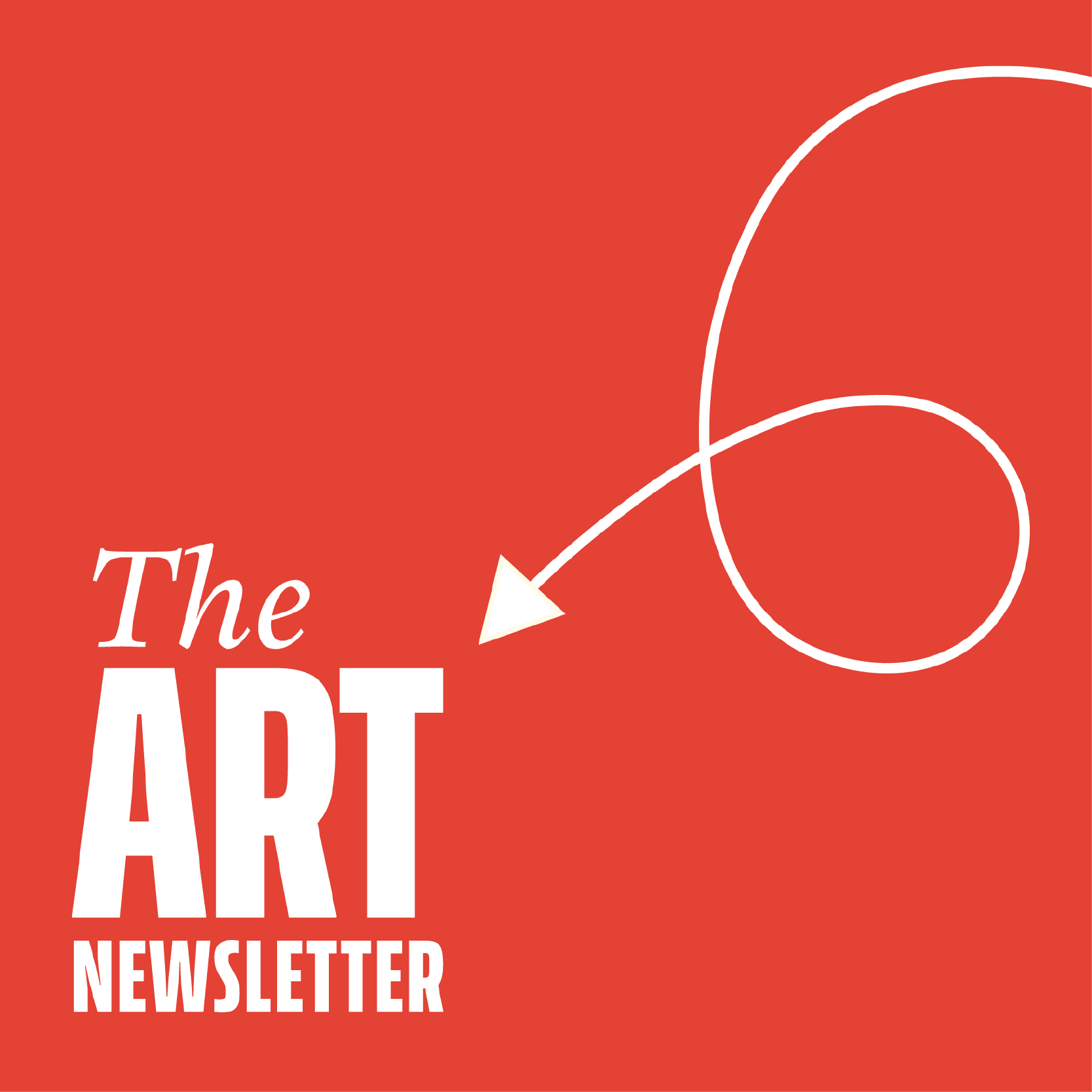
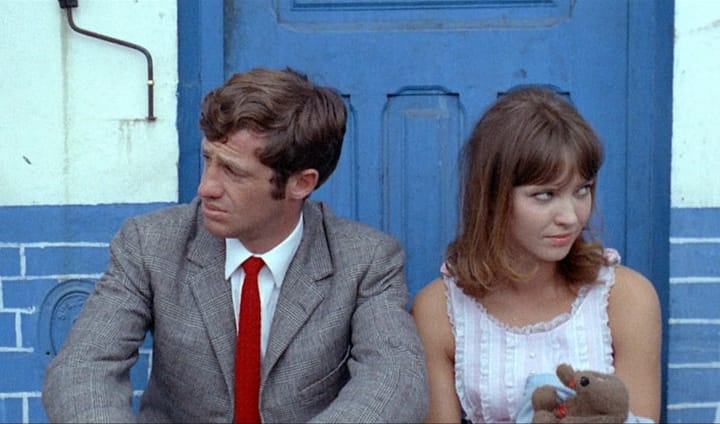

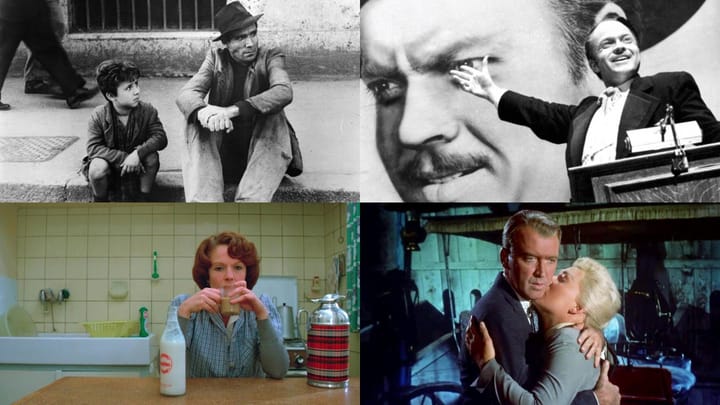
Comments ()